What are the types of light bulbs that will allow me to save the most? Incandescent, halogen, energy-saving or LED bulbs. Discover their differences!
Although in recent years the price of light has followed a clear upward trend, there are still some things we can do to save the light. And one of them is the choice of light bulbs. What are the types of light bulbs on the market and which of them will allow you to save more on the light?
Until recently, light bulbs were very inefficient, consumed a lot of electricity and had a very short service life. Luckily, we now use bulbs that give us lighter with a lower energy cost, something that also helps reduce pollution resulting from the production of electricity.
But there are still people who are not very clear. “Low consumption?” “LED?” “Halogens …?” “Which are better?” “What kind of bulb can I save more light with?”
Today we will talk about the different types of light bulbs that exist, their consumption, their efficiency, their duration and their potential for saving consumers like you.
The different types of light bulbs
You might think that light is not one of the biggest energy expenses in your home. That compared to the heating, the refrigerator or the vitro, it is insignificant. Error! Light accounts for an average of 20% of energy consumption in homes. A percentage that can be reduced by 15% according to the OCU, if we change our consumption habits.
For that reason, to save light it is very useful to know the different types of light bulbs and the consumption that each of them generates.
1. Incandescent bulbs
The ones of a lifetime. Although stocks continue to be sold in some establishments, incandescent light bulbs were banned in 2012 throughout the European Union. The reason? Their high energy consumption, which made them a harmful product for the environment.
Some people still prefer them, for the warm light they offer, and they are much cheaper than the other alternatives on the market. But they also had a very short duration, around 1,000 hours.
2. Energy-saving lightbulbs
Compact Fluorescent Lamps (CFLs) burst onto the market with a more commercial name, such as “energy-efficient light bulbs. ” And its success was such that it came to be present in 86% of Spanish homes before being overtaken by LED bulbs.
Its operation is similar to that of fluorescent tubes. In fact, although some imitate the aesthetics of old incandescent bulbs, most incorporate a small tube with different shapes, which constitutes the surface of the lamp.
They are much more efficient than incandescent bulbs and produce the same light with 80% less consumption. Induration they also outperform classic bulbs, their useful life is up to 15 times longer (15,000 hours).
But if so many advantages offer energy-saving light bulbs, why are they losing ground in front of LEDs? Due to its inconveniences.
The low consumption ones are bulbs with a Color Improvement Index (CRI) that can be improved. This means that light does not accurately reflect colors, or alter color perception. In addition, they take time to reach their maximum luminosity point.
3. Halogen bulbs
Incandescent bulbs already had a cheaper alternative before the arrival of low-energy bulbs: halogen bulbs. Their energy consumption is around 40% less than that of incandescent.
In addition, halogens have an advantage: their small size allows them to be aesthetically integrated into home decoration with a very discreet result.
However, its duration, although longer than incandescent, is not its main advantage (they last around 2,000 hours). Furthermore, they generate a considerable amount of heat.
Currently, there are also LED halogens, with which they can be replaced little by little.
4. LED bulbs
The big energy savers. The LED bulbs. Its name stands for Light Emitting Diode (LED). These bulbs generate light from diodes that release photons upon receiving the electric current. There are them in cold and warm tones.
In the case of LEDs, you can save 80% of electricity compared to incandescent bulbs, and the duration is, attention, 50,000 hours!
But not everything is “lights” when we talk about LED bulbs, they also have their shadows. And its price in the market is higher compared to all previous bulbs. For that reason, not all consumers decide to change all their LED bulbs, although the cost is eventually amortized.
What other things besides the type of bulbs should I consider to save on lighting?
There are other important considerations when lighting a home, such as the square meters of each of the spaces, the opening angle (which can influence the number of bulbs you need), etc.
One of the most important factors, and more directly related to saving is the power of the bulbs. The more watts the bulb has, the more energy it will consume.
You must bear in mind that, with a 10W LED bulb, you will get the same brightness as with a 60W incandescent.
Do I have to change all the LED bulbs to save electricity?
Exchanging incandescent or halogen bulbs for LEDs is highly recommended. But it will not always be necessary.
Energy-saving light bulbs can also be a good option in some cases. In the passage areas of the house, you can keep, for example, your halogen bulbs.
The ideal bulb also depends on the space you want to light and the use to which you use it.
But if you really want to save light, pay less when your electric bill arrives and help reduce CO2 emissions, choosing the right bulbs is just one of the possibilities at your fingertips.
Another thing you can do to save on your electricity bill is to review the electrical power you have contracted or choose a cheaper rate by changing your electricity contract.




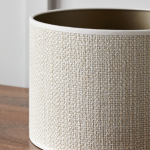
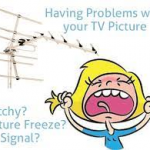


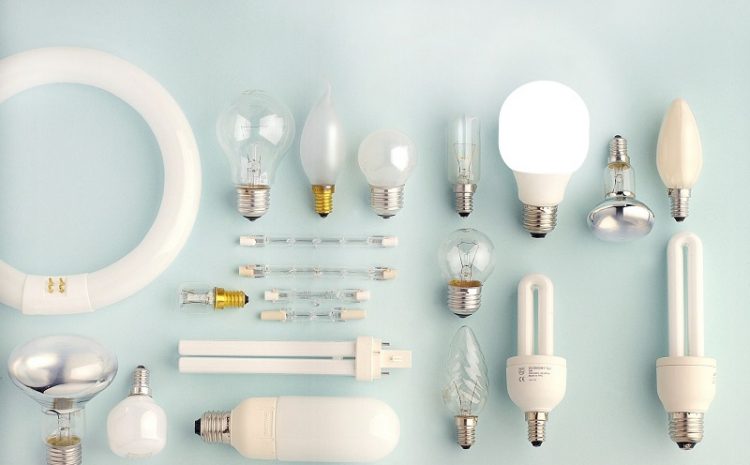




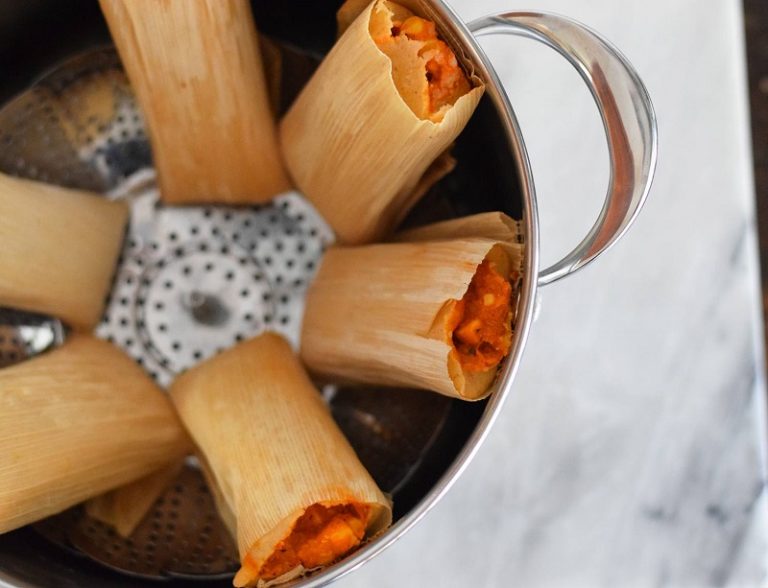



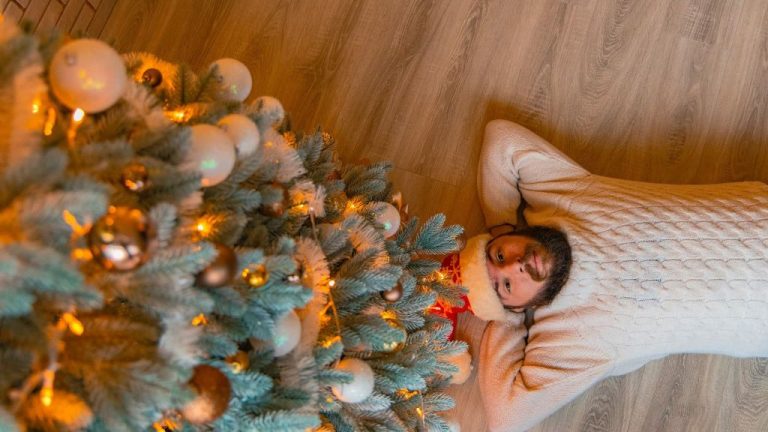

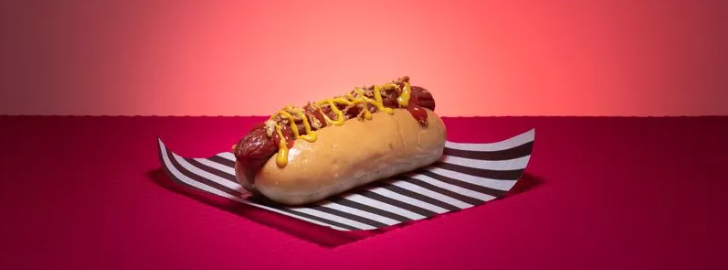
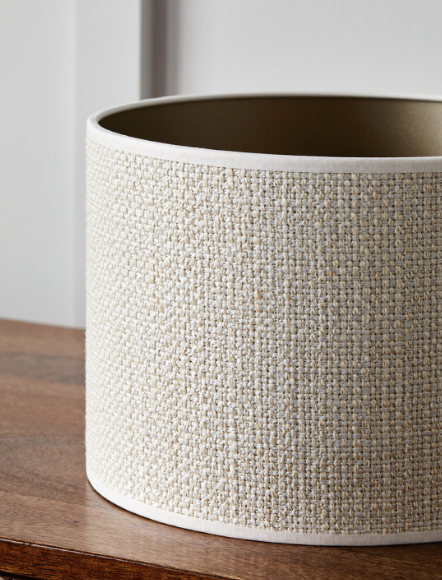
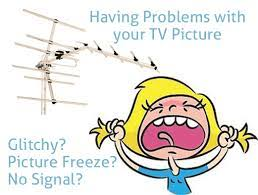

+ There are no comments
Add yours